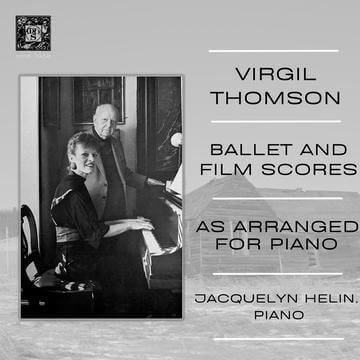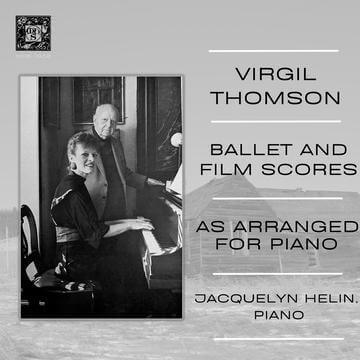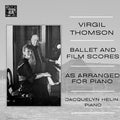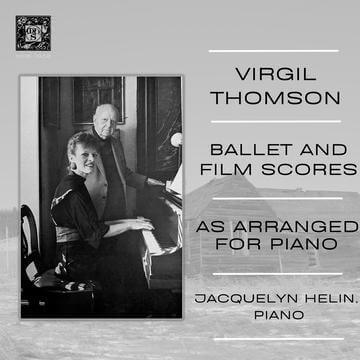Thomson's spiky, foursquare music--plain as Dick's hatband, to use a favorite Thomson phrase--translates admirably to piano, particularly when played with the strength, grace and clarity Helin provides. Andor Foldes transcribed the music to Robert Flaherty's film Louisiana Story, Thomson arranged suites from the Depression-era documentary The Plough That Broke the Plains and the equally nostalgic ballet Filling Station, and the disc also includes Lord Byron on the Continent--music written 1932 as the Second Quartet, included as ballet music in the opera Lord Byron in 1972, and subsequently performed as Thomson's Third Symphony. It serves its new piano coloration admirably--proof of the strong substance of Thomson's concepts.




